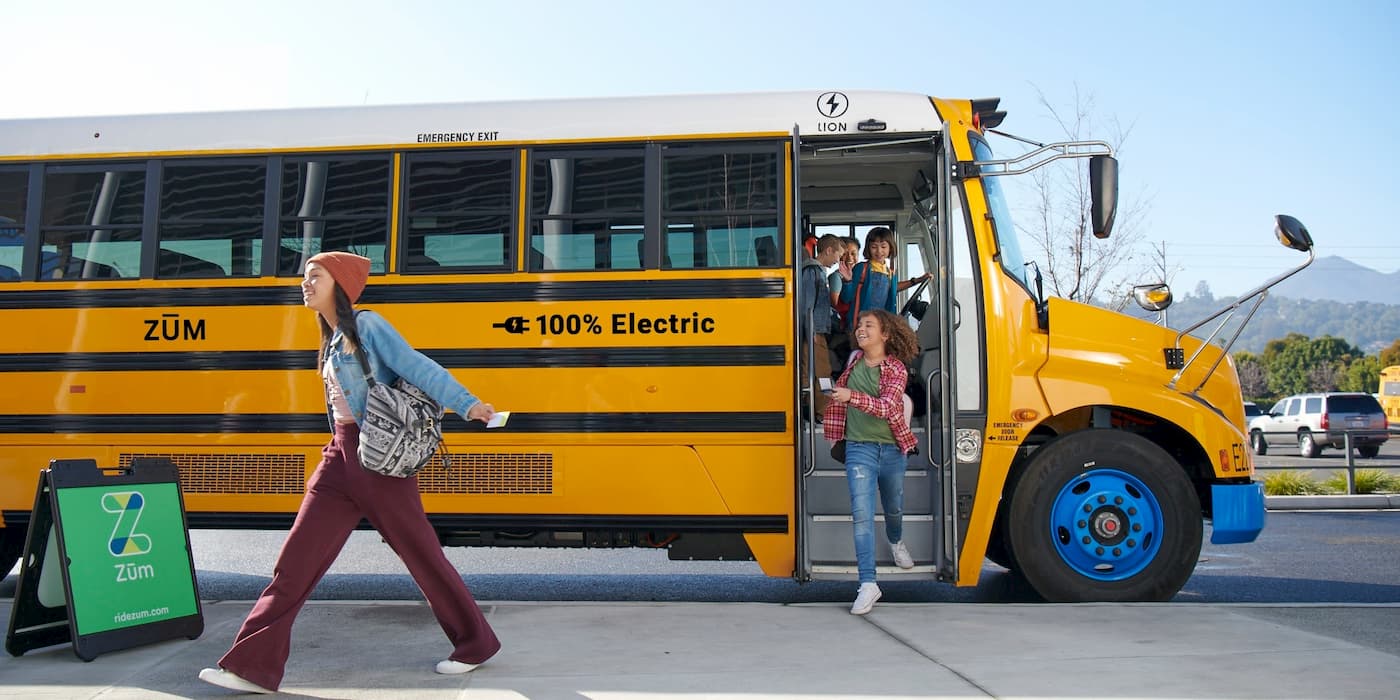Free electric school buses? Stackable incentives nearly make it a reality

The days of kids sitting at the bus stop breathing toxic fumes may soon come to an end with new incentives that make electric school buses nearly free for school districts to obtain.
The post Free electric school buses? Stackable incentives nearly make it a reality appeared first on Electrek.
The days of kids sitting at the bus stop breathing toxic fumes may soon come to an end with new incentives that make electric school buses nearly free for school districts to obtain.
Why zero-emission school buses need to be prioritized
School buses pick up over 25 million children yearly, covering around 5.7 billion miles. However, on each trip, exhaust from traditional buses can harm riders and the communities that they serve.
According to some estimates, diesel school buses, which still account for the vast majority of the nation’s fleet, emit over 40 toxic air containments, carcinogens, and other fine particle matter.
These toxic particles are known to cause respiratory issues like Asthma, which over six million US children suffer from. Furthermore, studies show that toxic fumes can be several times higher inside the school bus than on the outside as it idles.
Although newer school buses have improved somewhat to meet stricter EPA guidelines, these are primarily concentrated in higher-income areas, leaving lower-income communities at a disadvantage.
To address these concerns, several companies, such as The Lion Electric Co., Highland Electric Fleets, Blue Bird, and several others, have worked to introduce practical zero-emission electric school buses.
For example, Lion Electric’s LionC EV school bus fits up to 72 passengers with range options from 100 to 155 miles per charge. According to the company, each Lion electric bus can prevent 25 tons of GHG (equivalent to removing five gas-powered cars) from escaping annually.
Electric school buses offer additional benefits other than protecting our communities, such as saving school districts on gas (it costs around 14 cents per mile for electricity and 49 cents per mile for diesel) and maintenance costs. They can even be used as backup energy using V2G when grid demand is highest to save on electricity.
A school district in California expects to save over $250,000 each year on fuel costs alone with 30 new Blue Bird electric school buses. Perhaps, more importantly, new incentives make them almost free for schools to get their hands on.
Free electric school buses, you say?
The recently passed Bipartisan Infrastructure Law includes $5 billion in funding through its Clean School Bus Program over the next five years to replace the US’s school bus fleet.
School districts are eligible for up to $375,000 to replace their existing diesel buses with electric. With the average cost of an electric school bus around $400,000, that makes it nearly free upfront. Furthermore, schools can take advantage of another $20,000 per EV for charging infrastructure to help offset the costs of installing charging stations.
In May, the EPA announced the availability of $500 million for 2022, but overwhelming demand, particularly in low-income communities, pushed the administration to nearly double it to $965.
The funds will be used to replace around 2,500 school buses in almost 400 districts. The EPA says it will provide another $1 billion for clean school buses for 2023. School districts can take advantage of additional savings to convert their fleet to electric with incentives such as a $40,000 rebate for commercial vehicles (which includes school buses) provided through the Inflation Reduction Act and also by working with utility companies to find financial support.
Districts can stack these incentives and rebates to cut the cost of buying an electric school bus to nearly nothing. Not only will the children and communities they vow to protect be cleaner, but it will also save them money in the long run. The only question now is, why wouldn’t you go electric?
FTC: We use income earning auto affiliate links. More.
